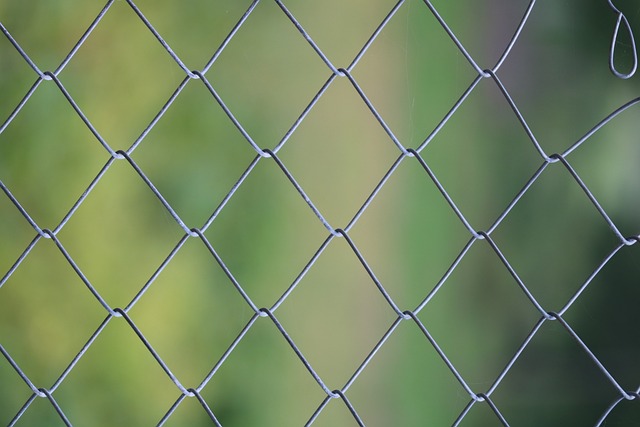Maintaining your New Bedford home’s privacy fence is essential for both aesthetics and functionality. This guide offers valuable insights into ensuring the longevity of your investment. We’ll walk you through understanding your fence’s material, from wood to vinyl, and its unique maintenance requirements. Learn effective cleaning techniques, perform regular inspections to catch issues early, and discover seasonal care tips to safeguard your privacy fence through all four seasons.
- Understanding Your Privacy Fence's Material and Needs
- Regular Cleaning and Maintenance Tips for Optimal Life
- Inspection: Identifying Common Issues and Repairs
- Seasonal Care to Ensure Longevity and Privacy
Understanding Your Privacy Fence's Material and Needs
Privacy fences are an essential addition to any New Bedford homeowner’s outdoor space, offering both security and a sense of seclusion. To ensure your fence remains effective and appealing, understanding its material and specific maintenance requirements is crucial. Different types of privacy fences, such as wood, vinyl, or metal, have unique needs for cleaning, repair, and protection against the elements. Regular inspections are key; look for signs of rot, cracking, or damage to posts and rails, and address these issues promptly with appropriate repairs or replacement parts.
Regular Cleaning and Maintenance Tips for Optimal Life
Keeping your privacy fence clean and well-maintained is essential to ensure its longevity and maintain its protective function. Regular cleaning involves removing any debris, leaves, or branches that might accumulate over time. Use a soft brush or garden hose to gently sweep away dirt and grime, paying special attention to areas where debris tends to stick. Avoid using harsh chemicals unless specifically recommended by the manufacturer, as they can damage the fence’s material.
Maintenance also includes checking for any signs of wear and tear, such as loose boards, rusted hardware, or damaged panels. Promptly repairing these issues will prevent them from escalating. Keep an eye out for cracks or gaps that may need to be filled or sealed. Regular maintenance ensures your privacy fence remains strong and secure, providing you with the peace of mind it’s designed to offer.
Inspection: Identifying Common Issues and Repairs
Regular inspections are key to maintaining the health and integrity of your privacy fence. During each inspection, look for common issues such as loose or missing pickets, damaged hardware, rot or decay in wooden panels, and signs of wildlife infestation. Addressing these problems early can prevent more serious damage down the line.
For example, check for any gaps between pickets that may allow debris to accumulate, leading to moisture-related issues. Inspect posts and rails for cracks, twists, or signs of rot, which might require replacement parts or structural repairs. Keep an eye out for evidence of animals nesting or chewing on the fence, as this could point to necessary repairs or treatments to deter wildlife.
Seasonal Care to Ensure Longevity and Privacy
To ensure your privacy fence maintains its longevity and effectiveness, seasonal care is essential. In the spring, inspect your fence for any winter damage and make necessary repairs. This may include replacing broken boards or fixing loose posts. Applying a fresh coat of paint or sealant can also protect against rot and corrosion, enhancing both aesthetics and functionality.
During the summer months, regular cleaning and maintenance are crucial. Remove any debris, such as leaves and twigs, that can accumulate between the fence panels. Use a soft brush or garden hose to gently clean the fence, removing dirt and grime. Fall is another critical time for maintenance; trim any overgrowth around the fence line to prevent it from damaging the structure. Additionally, consider reinforcing the fence with extra support if heavy winds are common in your area during this season.
